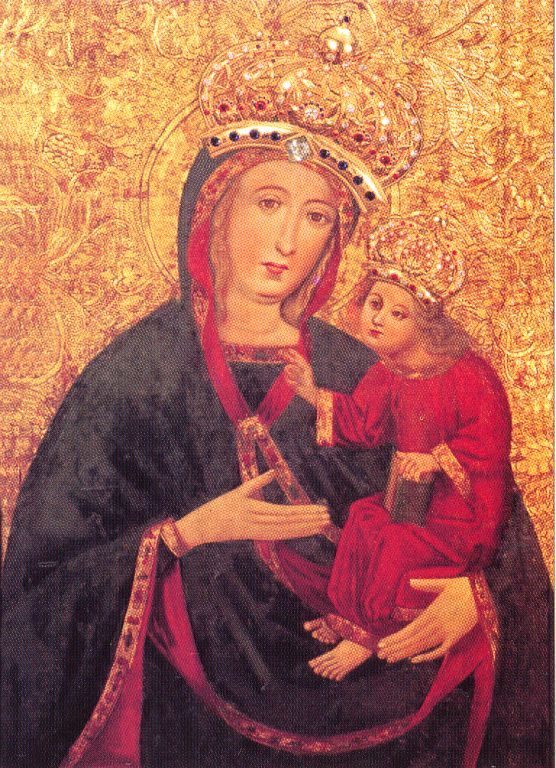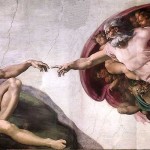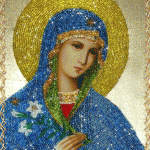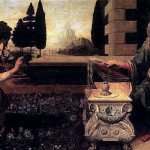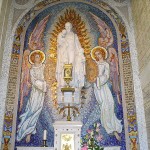Here’s the first post in this series.
What Mary Tells Us About The Church
In the words of the Orthodox theologian Vladimir Lossky, words that Catholics can very much take as their own, Tradition is “the life of the Spirit within the Church.” The faith is “ever ancient and ever new”; it has been delivered to the apostles “once and for all”, and yet we ceaselessly grow in our understanding of it. The God of Abraham, the God of Isaac, the God of Jacob, is the God of the living. And His Church, which is also His Body, is being led by the Spirit into all truth. The faith never changes, but we grow deeper in our understanding of it, and yes, doctrine does develop.
I think one of the maladies of Christianity and maybe of religion in general is to try to set a “year zero” somewhere (note: technically, there’s no year zero) and inflexibly clinging on to it. This is ultimately, I think, a form of idolatry, since for Christians there must by definition only be one “year zero”, somewhere around 33 A.D. Among some (though by no means all) Eastern Orthodox, the raison d’être of the Church is to set a year zero somewhere around the year 900. For some Traditionalist Catholics, the year zero must be set somewhere in 1955 (or 1655) and, I guess, for some Spirit-of-Vatican-II types, the year zero is 1975. For some Protestants it is 1522 and for others it is a fantasy of c. 100 A.D. And some people set the year zero at the omega point or some other place in the future, in a whiggish view of doctrinal progress where ancient orthodox doctrine “believed everywhere, always and by all” are just outmoded prejudice waiting to be jettisoned and outgrown.
Against all these deficient views, the authentic Tradition of the Catholic Church stands as a sign of contradiction, holding forever on its Earthly pilgrimage the deposit of the faith undefiled, and yet constantly developing it, and deepening it, and broadening it. The Apostles’ Creed is shorter than the Nicene Creed, which is (a lot) shorter than the post-Vatican II Creed of the People of God, but all these creeds proclaim the same faith.
The Marian dogmas make it clear: yes, Mariology has a history, literally. The Marian dogmas underwent long historical development, involving the sensus fidelium and theological development and supernatural guidance–sometimes implicit but sometimes quite explicit. We Catholics do not have to blush at the fact that the Marian dogmas (or, say, doctrines concerning the Papacy) underwent historical development as, after all, did doctrines accepted by all like the Incarnation and the Trinity.
The dogma of the Assumption of Mary was only defined and proclaimed in the 20th century, but it has very ancient roots, grew from the Tradition of the Church, until it was accepted by all.
This is how Tradition, which is the life of the Spirit within the Church, works. The infinitely beautiful seed of orthodoxy was planted on Pentecost, and it is always the same seed, and always the same flower, and some things about it can never change, but it continues to grow and bring forth new fruit.
The Marian dogmas therefore tell us fundamental things about the Church: that, ultimately, it is the Body of Christ, indwelled by His Spirit, and that Tradition is really another word for Incarnation, it is the Gospel of Jesus Christ, the living Word of God. Tradition is not this fixed, static thing, this block of iron–like everything else attached to the God of the living, it is alive, and grows. It really is the life of the Spirit within the Church.

